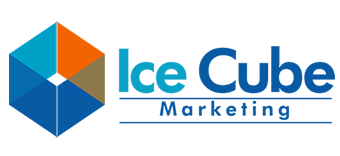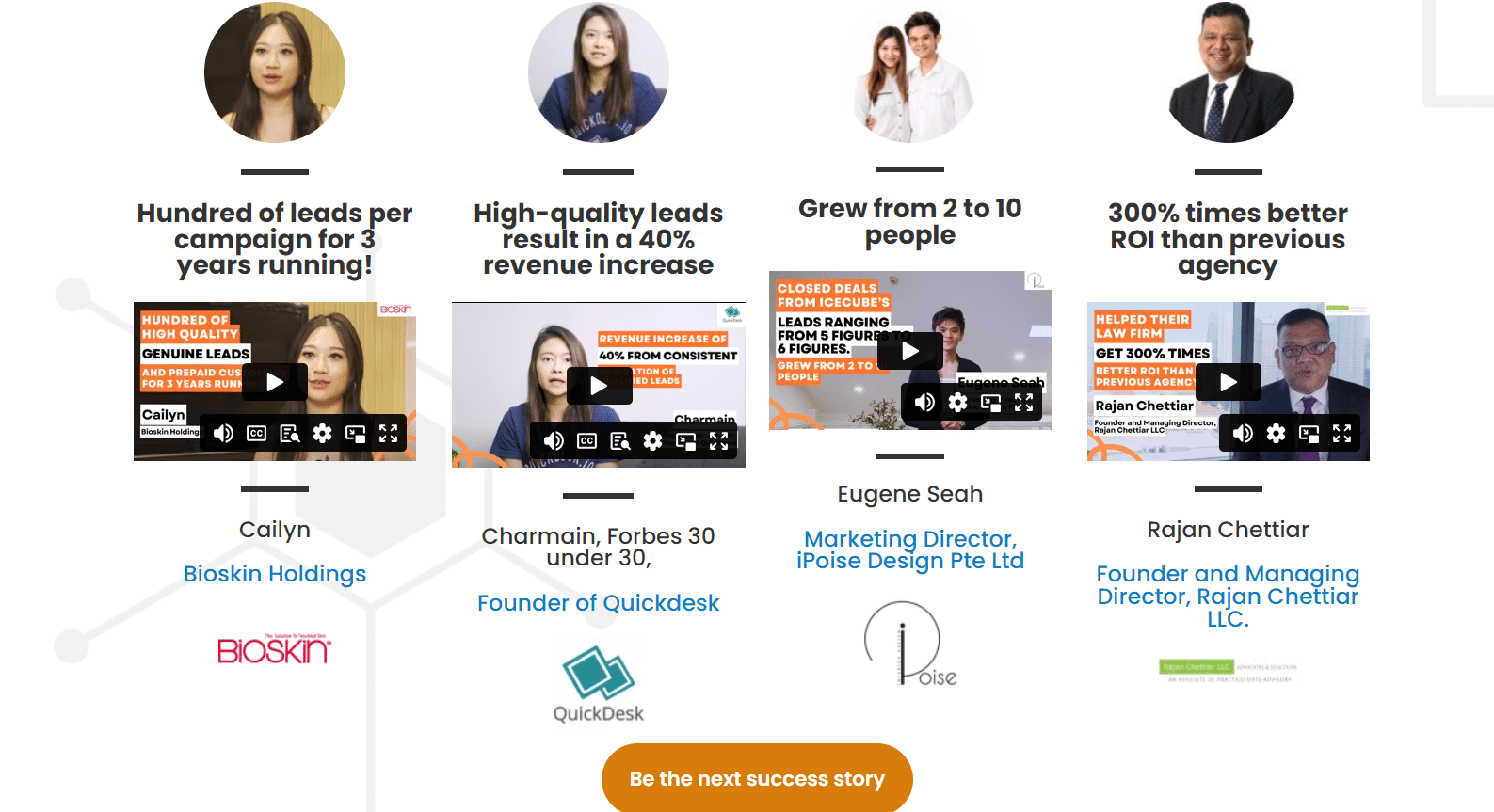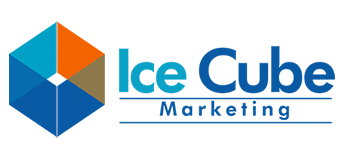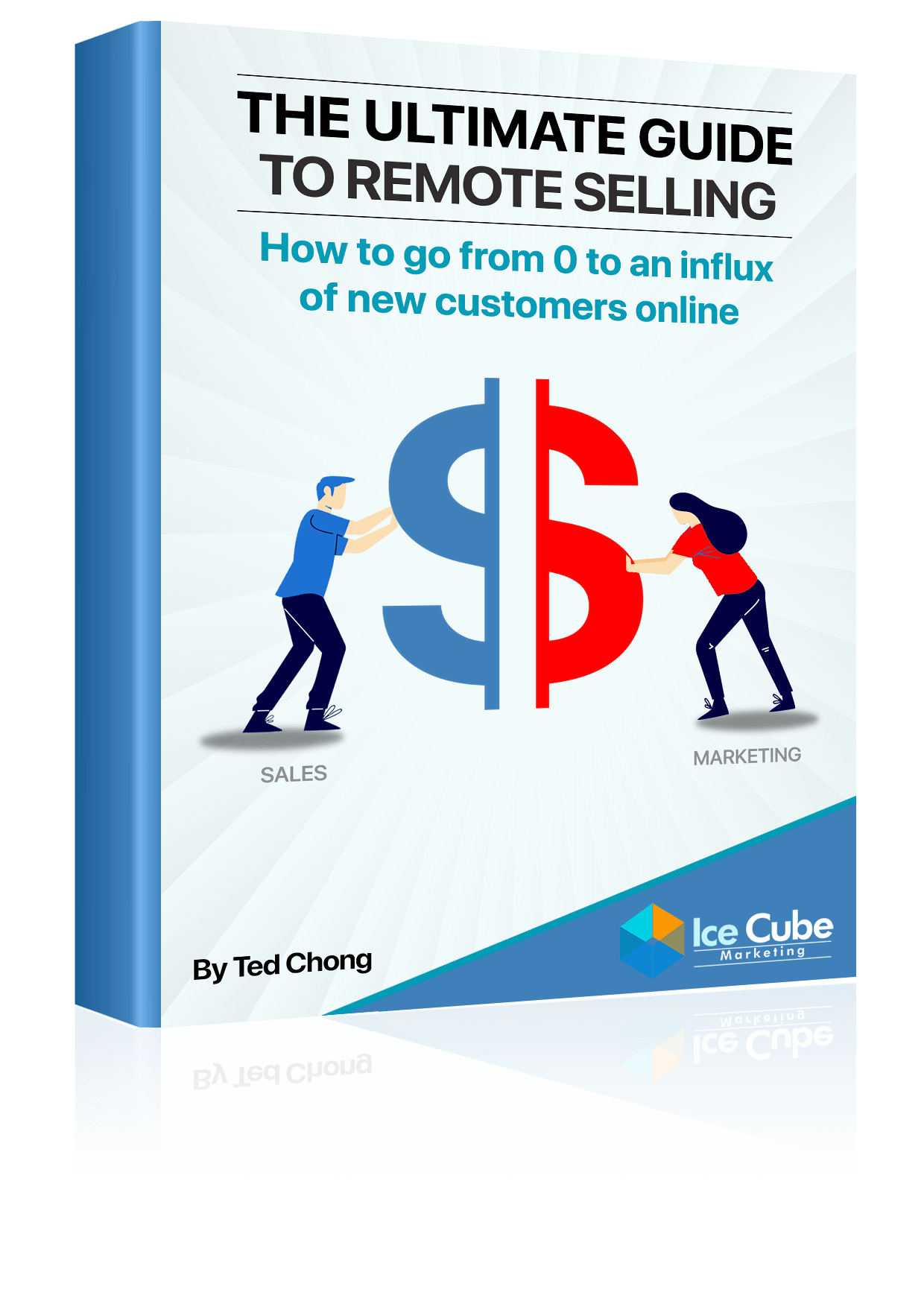For a long time, I believed that my industry—digital marketing—was limited in terms of growth or product line expansion. Many businesses in “boring” or traditional sectors feel the same. But even in seemingly mundane industries, innovation is possible. Companies can create trendy products that reach new markets, as I discovered by observing businesses in what you might consider conventional industries.
Take the egg industry, for example. Eggs are a commodity product; at first glance, there’s little room for innovation. However, Seng Choon, Singapore’s largest egg producer, did just that by launching a product called “instant eggs.” Available in convenience stores like 7-Eleven, these are pre-cooked eggs ready to eat on the go. Seng Choon transformed eggs from a basic kitchen staple into a convenient snack.
They weren’t alone in this innovation. Another egg producer, N&N, went a step further by introducing onsen eggs—those soft-boiled, Japanese-style eggs commonly eaten with ramen—also sold in 7-Eleven. These products are significantly more expensive than regular eggs, but their convenience and novelty have attracted a younger crowd, tapping into current consumer trends. These companies managed to create a niche in a saturated market by turning a basic commodity into something more.

Applying the Lessons to My Own Business
Drawing inspiration from these innovative approaches, I decided to expand my own product line. For years, my agency provided digital marketing services. But rather than stopping there, we introduced digital marketing courses. This shift allowed us to reach a different audience without stepping too far from our core expertise. We repackaged what we already knew into a new form—education—and it opened up new revenue streams.
Alex Hormozi’s product delivery framework was key to this transformation. He offers a “product delivery cheat code” that shows you how to diversify your offerings by tweaking just a few factors. For example, you can deliver your product in a one-on-one format, in a small group, or one-to-many. My agency’s digital marketing services were always delivered one-on-one, but by offering a course, we moved to a one-to-many model. This simple shift not only changed our product but also allowed us to offer it at a different price point, reaching more clients with less direct attention required.
Similarly, you can offer a DIY (do-it-yourself), Done-With-You, or Done-For-You version of the same service. Our digital marketing services are Done-For-You, while our courses are DIY, creating another variation that suits different customer preferences. Support can also be a differentiating factor; for instance, you can offer support via SMS, email, or phone. These small adjustments allow you to create new products from your existing knowledge.

Adding New Functions to Existing Products
Another way to innovate is by adding new functions to existing products. For example, a regular water bottle can become a fruit-infuser water bottle, turning it into a tool for making detox water. This taps into a trend of health-conscious consumers who seek convenient ways to stay healthy.
A client of ours offers windows with noise insulation, addressing the growing demand for quieter living spaces in cities like Singapore. As more people seek to improve their quality of life, these products cater to modern needs. By adding this noise-canceling function, our client moved beyond the standard window market and tapped into a specific, emerging customer pain point.
Changing the Pricing Model
One of the simplest yet most effective ways to innovate is by changing your pricing model. Dollar Shave Club, for example, didn’t reinvent the razor but introduced a subscription-based model where customers receive new blades every month. This solved a common problem—forgetting to replace dull blades—and made Dollar Shave Club an attractive, convenient option. Their innovative pricing strategy eventually led to a $1 billion acquisition by Unilever.
Similarly, one of our clients sells water dispensers. Instead of selling the product outright, they lease it to customers for a small monthly fee. This has made their products more accessible, reduced the barrier to entry, and allowed them to build a long-term revenue stream through recurring payments.
The “One Step Removed” Principle
In his book Ready, Fire, Aim, Michael Masterson talks about the principle of “one step removed” when creating new products. This principle is crucial for minimizing risk when expanding your product line. Essentially, you want to innovate in areas that are only one step removed from what you already know how to do. For instance, if you run a steakhouse and decide to open a seafood restaurant, that’s only one step removed from your core business. The customer experience, service style, and even much of the supply chain will remain the same.
However, starting a wholesale steak distribution business would be several steps removed, and therefore much riskier. You would need new systems, suppliers, and processes, which could pull you too far from your area of expertise.
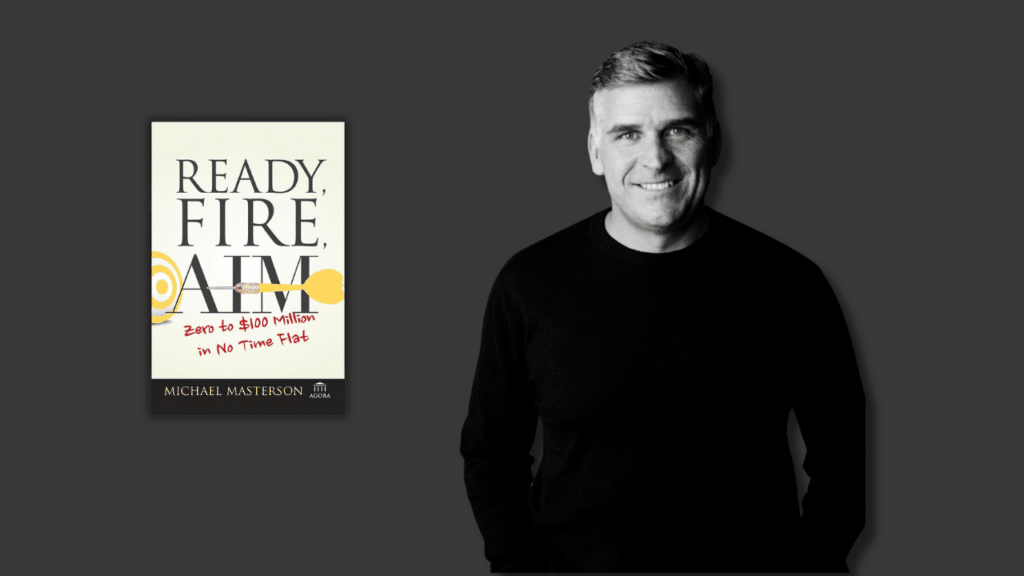
Conclusion
When it comes to innovation, there’s always an element of risk. But by applying the principle of “one step removed,” you can minimize this risk and still create a new revenue stream. As I’ve shared, innovation can take the form of changing product delivery, adding new features, or altering your pricing model. These methods allow you to create something fresh without straying too far from what you know best.
And remember: even the most “boring” industries can be transformed with a little creativity and the right approach.
